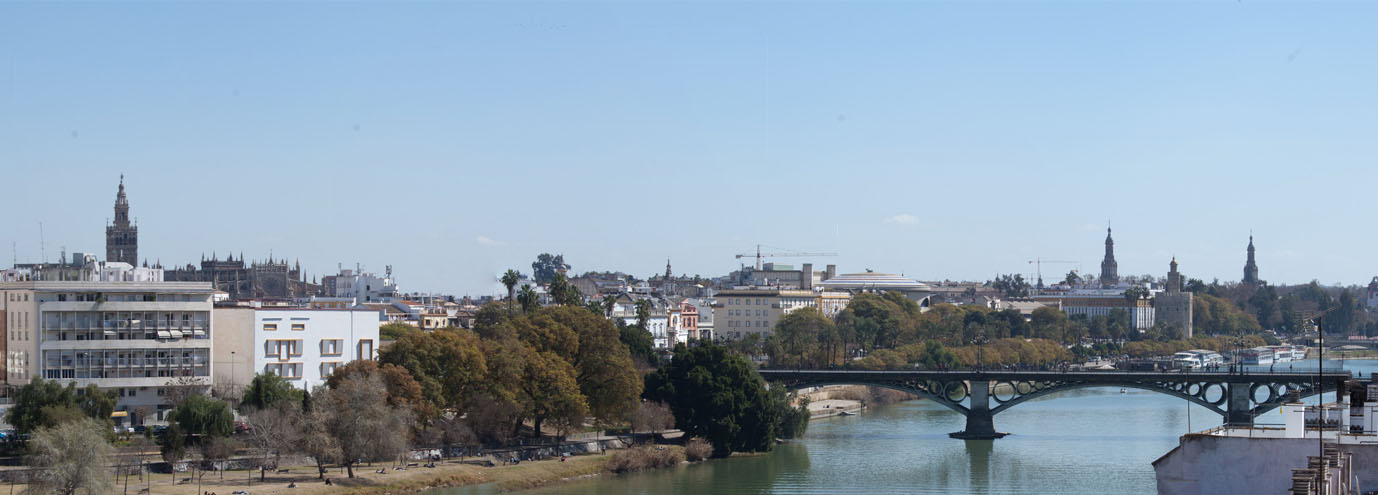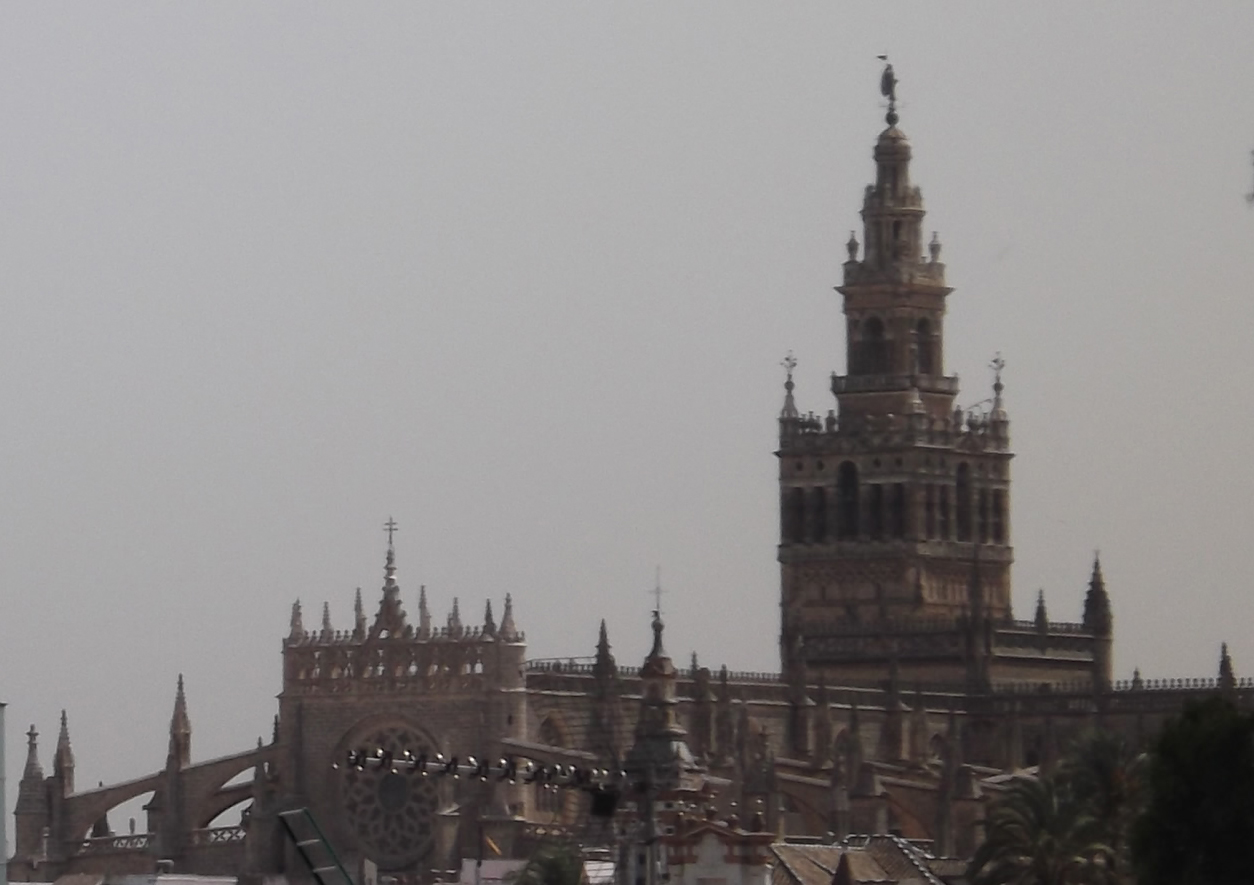The city of Seville has always been a cultural center for a large number of people. In it you can find ruins and remains of buildings from the Phoenicians, Carthaginians, Tartessians, Romans, Visigoths and Arabs. This multicultural influence has shaped a city that has always been open to relationships with cultures from around the world.
Despite having hosted the 1929 and 1992 World Exhibitions, the city stagnated at the end of the 20th century. This situation was aggravated with the beginning of the international economic crisis starting in 2007. After the comprehensive changes throughout Spain after the 2008 elections, the city began to experience a new golden era. The designation of Seville as the site for the ambitious new European Aerospace Center has been one of the main reasons for its economic recovery. Since then it has become not only a point of tourist interest, but also one of the most important research and development centers for aerospace technology in the world.

Although not everyone is happy with these changes. There have been many critical voices regarding this wave of progress and technology, which they claim endangers the historical and cultural value of Seville. Even so, its inhabitants continue with their lives, working and enjoying moments of leisure. Especially with the celebrations of Holy Week and the popular April’s Fair.
Be that as it may, Seville seems to be in a new golden age and in 2012 it was selected to be the headquarters of the great celebration for Hispanic Heritage Day. Both the new Spanish government and the citizens await the arrival of that day to be able to demonstrate to the world the country’s recovery and the moment of good understanding with European partners and the United States.

